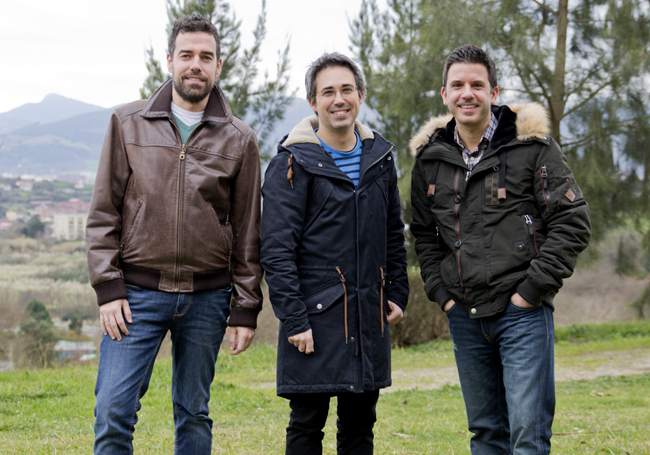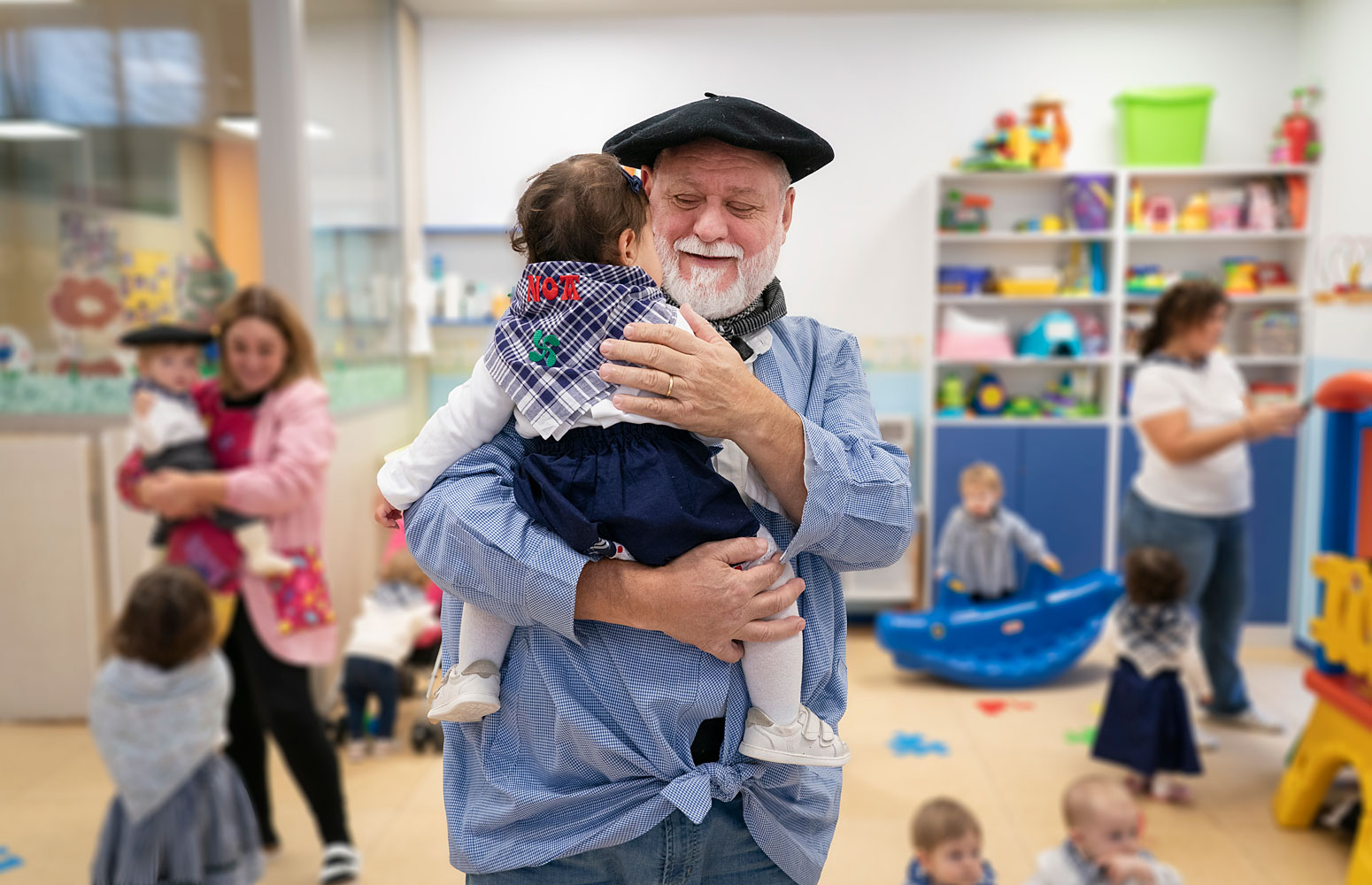According to a piece of research by the DIASURE Nursing group conducted on 820 patients between the ages of 18 and 85 who resorted to the A&E units at the Hospital Galdakao-Usansolo and Basurto University Hospital, the drawing of arterial blood for blood gas (ABG) testing causes moderate pain and that the inserting of peripheral venal catheters causes slight pain. This work, led by the UPV/EHU researchers Sendoa Ballesteros, Gorka Vallejo and Irrintzi Fernández, explores the perception of pain so that decision-making can be improved when faced with a health intervention, and so that the painful effect of the main nursing techniques at A&E units can be mitigated.
Which hurts more? A catheter being inserted into a vein or blood being drawn from an artery?
Researchers at the UPV/EHU-University of the Basque Country have detected that the pain perceived is greater when arterial blood is drawn from the arm rather than from the wrist, and that inserting a venous catheter hurts less
- Research
First publication date: 22/01/2018

Pain is regarded as the fifth vital sign; in other words, together with body temperature, pulse rate, blood pressure and respiratory rate, it is one of the vital signs taken into consideration during an initial health check. Yet because pain is a subjective factor it is very difficult to measure. That is why the UPV/EHU’s research team opted to openly ask individuals to rate iatrogenic pain (arising from health treatment) which tends to be underestimated.
The study took six months (from January to June 2017) at the A&E units of the Galdakao‑Usansolo and Basurto University hospitals, each of which provide healthcare for a population in excess of 300,000 inhabitants. There were a total of 820 patients (456 men, 51.8%; and 425 women, 48.2%), between the ages of 18 and 85. 780 venal catheters were inserted and 101 arterial blood samples were drawn to measure the levels of oxygen, carbon dioxide and the concentration of bicarbonate (ABG testing). The pain was quantified by applying the Numeric Pain Rating Scale (NRS-11) in which self-perceived pain is awarded a score of between 0 and 10. Zero is absence of pain, and ten the most painful imaginable. And it has already been stipulated that pain higher than 3 on the scale is unacceptable. These healthcare techniques were carried out by nurses with more than five years’ professional experience in the unit.
The catheter is less painful than drawing blood
The insertion of venal catheters got an average score of 2.8 on the NRS-11 scale, and the ABG tests were perceived as being more painful (3.6 on the same scale). The degree of iatrogenic pain was associated with medium- or high-difficulty procedures, the choice of the brachial artery instead of the radial artery in the ABG testing and was correlated with baseline pain in the venipunctures. In other words, as Sendoa Ballesteros, lecturer in Nursing at the UPV/EHU and care nurse in the A&E unit at the Hospital of Basurto, “there are differences in terms of the difficulty of the healthcare technique used (insertion of a catheter or drawing of arterial blood) and location of the puncture (wrist or at the height of the inside of the elbow or antecubital fossa). The ABG test is more painful when carried out on the brachial artery as it passes through the antecubital fossa, than on the radial artery in the wrist. This difference could be explained by the fact that in human anatomy the brachial artery is at a deeper level than the radial artery”.
Other variables, such as sex, age or background, no not affect the perception of the intensity of the pain. Neither does the gauge of the needle used seem to exert an influence, “although it is true that the results may vary depending on the experience of the person responsible for making the puncture,” said the UPV/EHU researcher. “In this respect, personnel with extensive professional expertise participated in our study”.
As stated in the scientific article, “greater knowledge of the painful effects arising out of each nursing procedure during care at A&E and of the factors associated with the self-perception of it could help to determine when and how intervention should be carried out in order to mitigate this unwelcome effect”.
The DIASURE Working Group
The DIASURE Working Group was set up in February 2015. It is a pilot project led by the UPV/EHU lecturers Sendoa Ballesteros, Gorka Vallejo and Irrintzi Fernández. The multi-centre team comprises nursing staff of Osakidetza (the Basque Autonomous Community Public Health Service). The following people were involved in this piece of research: Lohitzune Andrés-Letamendia, Iciar Barriuso-Álvares, Leire Berasaluze-Sanz, Oiane Bidaguren-López de Larruzea, Miriam Díaz de Espada-López de Ondategi, Ainara García-Barcenilla, Tamara García-Martínez, Itziar Jimeno-Báez, Nekane Juaristi-Iparraguirre, Tamara López-Chamorro, Maider Osoro-Barrera and Leire Reglero-García. The aim of the working group is to measure and assess iatrogenic pain in adult patients. The nursing techniques analysed in the areas of A&E are, among others, venal, arterial and intramuscular punctures or nasogastric and vesical tubes.
Bibliographic reference
- Dolor asociado a las técnicas de inserción de catéteres venosos y extracción de sangre arterial en el área de urgencias.
- Enfermería Clínica (2017)
- DOI: 10.1016/j.enfcli.2017.11.002







